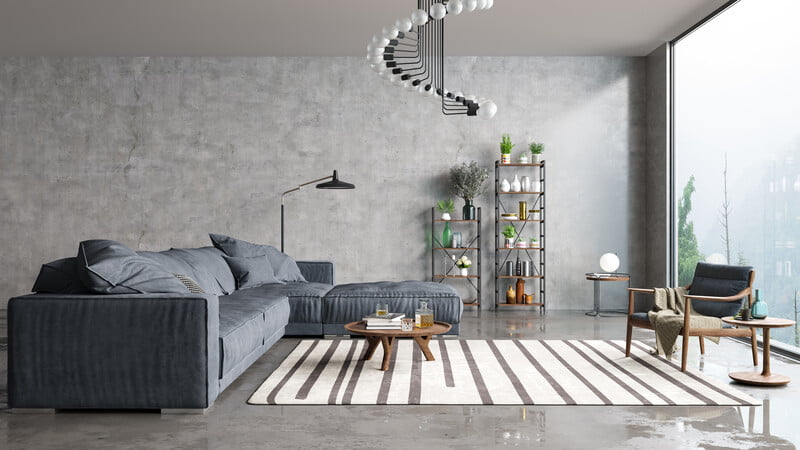Transforming a house into a home involves much more than simply filling rooms with furniture. It’s about creating an environment that reflects your personality and tastes, an abode that you’re proud to call your own. Fortunately, this doesn’t always require the services of a professional. With some creativity and a few design principles such as using negative space, creating contrast, and adding balance and symmetry, you can style your own home to stunning effect.
Use Negative Space
The term ‘negative space’ in interior design refers to the areas not occupied by furniture or décor. These spaces, if used cleverly, can add a touch of elegance to a room and prevent it from feeling cluttered. Negative space provides a visual break for the eyes and allows individual elements of your décor to stand out. For example, you might leave a portion of a wall bare to highlight a piece of artwork or opt for minimalistic furniture to draw attention to the architecture of the room. The use of negative space is about embracing simplicity and understanding that sometimes less is more.
Create Contrast
Contrast is a powerful design element that can make a room more visually appealing. It involves introducing elements that are different from each other to make each one stand out. This can be achieved through color, texture, shape, or size. A colorful rug can provide a striking contrast against your home’s neutral color scheme. It can serve as a focal point, adding a pop of color and breaking the monotony of the room. Likewise, you can create contrast by pairing smooth and rough textures or combining different shapes and sizes in your furniture and décor. The key is to create a balance that draws the eye without becoming overwhelming.
Add Balance and Symmetry
Balance and symmetry bring a sense of order and harmony to a room. Balance can be achieved by evenly distributing visual weight across the room. This doesn’t necessarily mean you have to match everything perfectly, but rather that the visual interest should be spread out. For example, if you have a large piece of furniture on one side of the room, try to balance it with smaller pieces or a collection of items on the other side. Symmetry, on the other hand, involves mirroring elements along a central axis. This could mean placing identical lamps on either side of a sofa or matching bookshelves flanking a fireplace.
Symmetry can give a room a more formal and organized look, but it’s also possible to achieve balance with a more relaxed, asymmetrical design. The important thing is to create a sense of cohesion that makes the room feel put together and inviting.
A stylish home is within reach, even without a professional interior designer. By embracing the design principles of negative space, contrast, and balance, you can create a space that is both functional and aesthetically pleasing. Whether you’re preparing your home for sale or just looking to revamp your living space, these principles can guide you in creating a home that is uniquely yours. The ultimate goal is to create a space that you love, where every element tells a part of your story.
Did you enjoy this article? You might also like: What to Look for When Choosing Between Similar Homes










